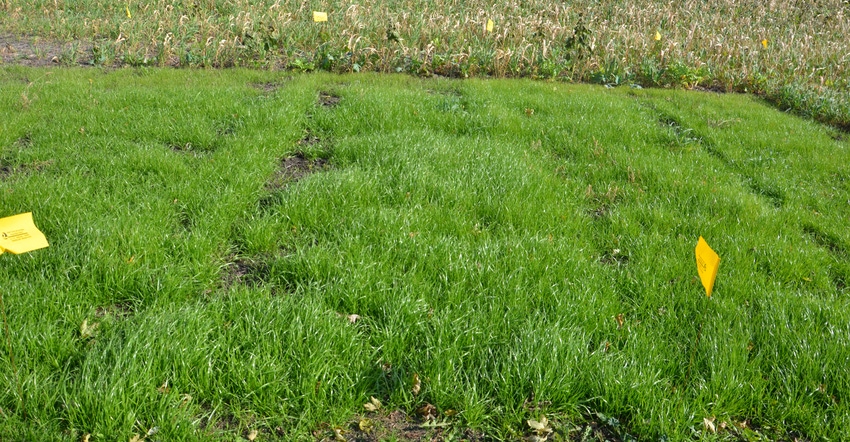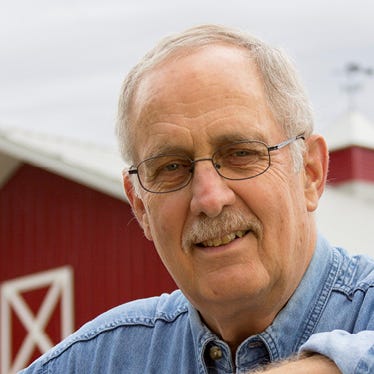April 18, 2018

Despite dire predictions about the future stemming from climate change, Ray McCormick believes there is a solution, and farmers can play a key role. The Vincennes, Ind., conservationist and farmer says when farmers implement conventional tillage, it releases a huge amount of carbon dioxide into the atmosphere. That’s the smell of freshly turned soil. Tillage also releases huge amounts of water vapor, which further contributes to greenhouse gases and extreme rain events.
“If the American farmer can switch to practices like no-till and cover crops, we can take a lot of carbon out of the air, sequester it into our soil, increase organic matter, increase yields, feed more people — all while improving our bottom lines,” he says. “We have around 14 million acres of cropland in Indiana alone, and if we want to make an impact, that’s the place to start. It’s a winning strategy, and the American farmer can be the hero in this.”
To implement this strategy, McCormick says The Nature Conservancy in Indiana, with the help of its partners, is working toward the goal of 5 million acres of no-till and cover crops in Indiana by 2025.
“If we can do this, it’s going to make a huge impact not only on climate change, but also on soil health, nutrient runoff reduction, and it’s going to hold our soil in place for future generations,” he says. “And Indiana’s strategy has also been adopted by the larger Nature Conservancy as an international strategy for climate change. We have many great partnerships in Indiana, which is the envy of every other state. Indiana’s ‘on it,’ and I’m proud to be a part of it.”
Political climate
While there’s evidence that the world’s meteorological climate is changing, the political climate is changing, too. Except with politics, things tend to change back and forth, depending on the prevailing political winds.
In 2009 the U.S. House of Representatives passed the Clean Energy and Security Act, a part of which would have developed a market for carbon credits. For farmers, it would have allowed them to receive payments in aggregate of up to $24 billion for implementing practices like no-till and cover crops that would have reduced their carbon footprint. However, the bill ultimately died in the Senate.
Despite the current administration’s claim that “climate change is a hoax,” McCormick says others are moving forward anyway.
“That’s the political side of it, and short-term politics doesn’t change where we’re headed in terms of climate change or planning for how to cope with it,” McCormick says. “Purdue University and companies like Duke Energy, Alcoa and Toyota are also saying it doesn’t matter. Even if the short-term politics change, their long-term planning as it pertains to climate change doesn’t.”
McCormick says had the climate bill passed, he would have stood to make about $40 per acre for conservation practices he’s already implemented. He looks for the opportunity for farmers to receive cap-and-trade financial incentives for implementing practices that reduce their carbon footprint to return at some point.
“While I don’t expect anything to happen in today’s political climate, long term I believe we’re going to have to reduce greenhouse gases,” he says. “And agriculture, because of its sheer land mass, gives it the ability to have a huge impact on climate change, while simultaneously building up our soils and reducing nutrient runoff.”
Boone writes from Wabash, Ind.
About the Author(s)
You May Also Like






